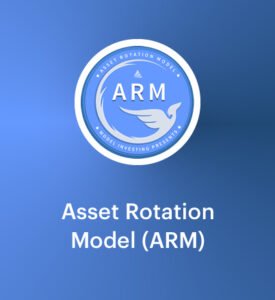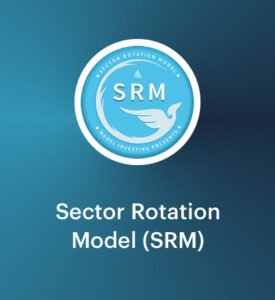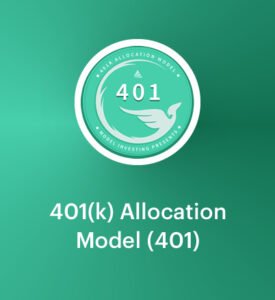Investing outside the confines of an employer sponsored retirement plan can be intimidating, but there are many advantages working in your favor. The biggest advantage comes in terms of flexibility. Investors using personal accounts have virtually the entire world of investment products available at their fingertips.
With this flexibility, however, comes the need for increased expertise and discretion when it comes to selecting those investments. Everyone will approach this in a different way, but we have some suggestions to help get you started.
First, throughout your life one of the most fundamental decisions you must constantly manage is how much of your portfolio to have in stocks, bonds, or other asset classes such as currencies, commodities and real estate. In general, the most successful investors tend to focus on stocks (also called equities) and bonds.
Why is this? Because over the history of the stock market, going back to the early 1800’s, stock have provided by far the highest risk premium, with bonds coming in a distant second. Risk premium can be thought of as the excess return received for bearing risk. Many of those who have amassed fortunes have done it primarily using stocks.
But stocks go through periods of major declines, which can wipe out vast amounts of wealth. Therefore it’s prudent to understand when stocks are an acceptable investment, and when the safety of bonds and/or cash may be preferred. Most investors have a tough time doing this on their own (did you avoid the last two market crashes?) so we created the Asset Rotation Model to assist investors with this decision.
Asset Rotation Model
The Asset Rotation Model (also known as ARM) is a very simple model that tells investors whether the bulk of their investments should be in stocks or bonds, based on how each of those asset classes are expected to perform. This model should be your primary reference when it comes to determining high level portfolio allocations.
The ARM may be simple in nature, but don’t let that fool you. The ARM is capable of generating substantial market-beating returns while at the same time protecting your portfolio from major declines during prolonged market crashes. It utilizes an innovative approach to asset allocation, which contradicts the standard financial planning dogma, and will provide increased returns and safety in the years ahead.
Most investors would be well off simply following the Asset Rotation Model as it adapts to changing conditions. But for those who want an even greater edge on the market, we’ve developed the Sector Rotation Model.
Sector Rotation Model
The Sector Rotation Model (also known as SRM) helps you earn outsized returns by staying in tune with the best performing areas of the stock market. It utilizes the 11 Sector SPDR Exchange-Traded Funds (ETFs) to keep you in the top performing sector at any given time. As different sectors take turns leading the way higher, the SRM adapts, resulting in a strategy that achieves higher returns with less risk.
The SRM also utilizes logic similar to that of the ARM, in that it will move to cash when market conditions deteriorate. This safety mechanism is built into every model at Model Investing, and is one of the primary reasons for our consistent ability to beat the market over time.
For those investors who are looking for a more broad-based solution to manage their entire portfolio, we recommend using the 401(k) Allocation Model, even if you are not part of an employer sponsored 401(k) plan.
401(k) Allocation Model
The 401(k) Allocation Model (also known as 401) is designed to keep your retirement funds allocated to the strongest performing asset classes, while still maintaining adequate diversification. Like all of our investment models, the 401 Model contains a built-in mechanism for moving to a position of safety during market crashes.
The 401 Model is designed for use in 401(k) plans, but this is not a requirement, and non 401(k) investors may actually find increased benefit. The 401 Model is constructed using exchange-traded funds (ETFs) that are accessible to the public. This means that individual investors can follow the 401(k) Allocation Model using their personal accounts.
More information regarding how to use each of our models can be found in the Tutorials.
Current model recommendations and ongoing monthly updates are accessible with a premium subscription. Updated recommendations are provided on the first trading day of each month. Sign up today for access to our entire suite of investment models.


